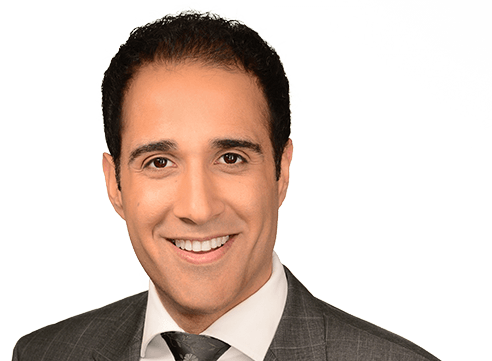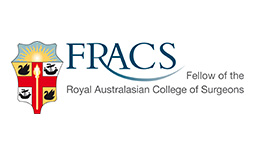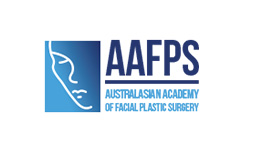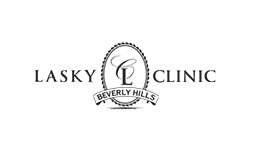Deviated Septum Surgery, or Septoplasty, is a surgical procedure performed to restore a nasal septum that has been dislodged, or deviated, from its normal position. The nasal septum is a wall of cartilage that divides the nose in half. While it is normal to have some degree of deviation, when the septum is significantly bent or crooked it may cause breathing issues, infection and other health related problems.
Deviated septum surgery
Symptoms of a Deviated Septum
- Blocked Nose
- Chronic Sinus Infections
- Stuffy Nose, Nasal Congestion
- Nose Bleeds
- Sore Throats
- Snoring
- Poor Quality Sleep
- Mouth Breathing
What Causes a Deviated Septum?
Although it may be present from birth, a deviated septum is most commonly caused by trauma to the face. Often patients have no history or memory of nasal trauma due to a minor fall or bump as a child. In fact, even if the outside of your nose appears to be perfectly straight you may still suffer from a deviated septum.
Am I a candidate for Deviated Septum Surgery?
If you suffer from any symptoms as shown above and have exhausted nasal sprays and other medical treatments, deviated septum surgery may be an excellent option to improve your breathing.
Consultation with Dr. Choroomi
During your initial consultation, Dr Choroomi will assess your natural breathing and use an endoscopic camera to examine the inside of your nose. You may watch the camera view on a TV screen to witness the cause of your breathing difficulties.
You will have the opportunity to discuss:
- Your expeciations and goals for treatment.
- Medical conditions, drug allergies, and medical treatments.
- Family medical history.
Based on your discussion and his assessment, Dr Choroomi can determine if deviated septum surgery is right for you. Your facial anatomy is unique therefor surgical treatment will be individually customized to match your functional needs. Specific questions regarding surgical procedure, recovery risks, and results will be discussed in detail at your consultation to ensure that you are fully informed and comfortable with your surgical plan.
How is Deviated Septum Surgery performed?
The goal of deviated septum surgery is to improve breathing without affecting the shape or size of your nose. Dr Choroomi performs deviated septum surgery under general anesthetics using an endoscopic camera to allow clear visibility inside your nose with minimal invasion.
During surgery, incisions are placed inside the nose to hide any signs an operation has occurred. After lifting the inside lining of the nose, Dr Choroomi uses specialized instruments to:
- straighten and remove any deviated segments of bone and cartilage in the septum.
- reduce turbinate size to allow proper air flow.
The lining of the nose is then sutured and splints are placed inside the nasal cavities to support the septum as it heals.
Recovery after Deviated Septum Surgery
After deviated septum surgery you can expect:
- Minimal swelling around the nose
- Congestion due to swelling of the nasal cavities, this will ease as swelling subsides
- Mild headache and pain 1-2 days following surgery. Severe pain is very uncommon.
After deviated septum surgery patients should not expect any facial bruising or black eyes. The wound on your nose will heal quickly, however it can take up to a year for the cartilage inside your nose to fully settle. The splint will be removed at day 7 but physical activity should be limited for another week to minimize swelling.









